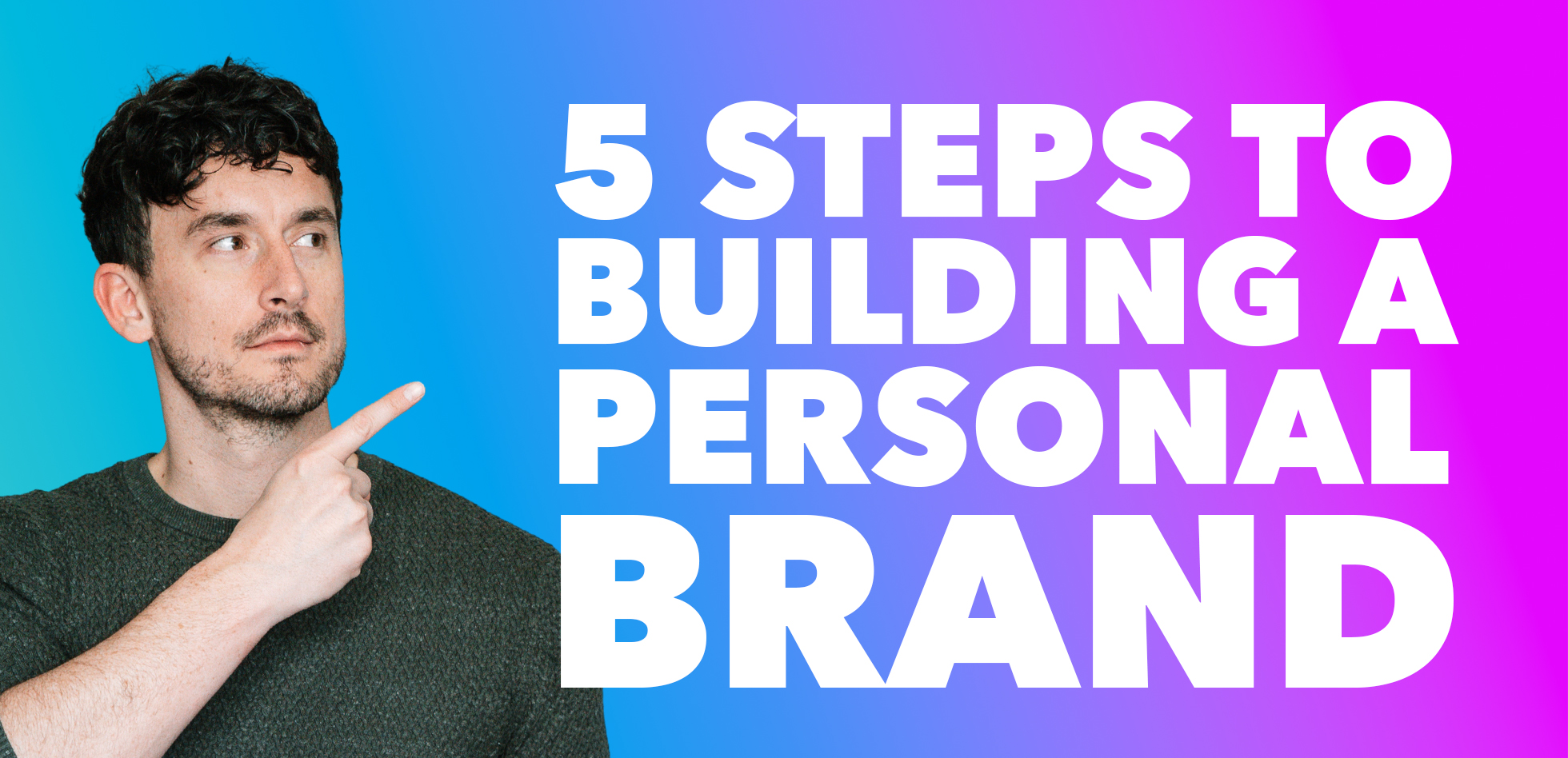Building Better Habits
Who should listen: Whether it’s about work or not, if you have a habit you need to break, then this episode will show you how.
Key idea: Before you can break a habit, you need to identify what is triggering your automatic behavior. Only then can you change your routine.
If you’ve ever tried to break a habit, then you know how extraordinarily difficult it can be. It can be equally hard to create a new habit. Fortunately, the process for doing both is the same.
In this episode, we review that process. Specifically, we share some insightful information about habits—what they are, how they are formed, and how you can break bad habits and form new ones.
What is a habit?
A habit is a neurological loop representing a fixed way of thinking that leads to an automatic behavior. In an evolutionary sense, a habit is a shortcut. Habits allow us to save time by not having to rethink repetitive behaviors.
All habits follow the same pattern:
- You experience a trigger.
- That trigger causes a routine response.
- That response provides a reward that reinforced the response.
Imagine your morning alarm starts to ring. That’s the trigger.
You immediately reach over to hit snooze. That’s the routine response.
By hitting the snooze, you’re rewarded with more sleep. Each time you get to sleep in a little more, you reinforce the habit of hitting snooze. The more times you hit snooze, the harder it gets to stop.
The reason habits become hard to break is because of the effect repeated behaviors have on your brain.
By way of a simplistic explanation, the first time you perform a behavior, you create new neurons in your brain. Each time you perform the same behavior, you lay more neurons along the same path, creating a deeper and deeper groove in your brain. The deeper the groove, the harder it is to break the habit.
How to form new habits
The way to disrupt this habit-forming loop and create a more beneficial one is to go back to the pattern:
- You experience a trigger.
- You disrupt the routine response by engaging in a new behavior.
- You experience a different reward.
This process requires a good deal of self-awareness.
First, you need to know what triggers the routine behavior you want to change.
In our example, the alarm is an obvious trigger. But what about triggers that aren’t as obvious? For example, what causes some people to chronically bite their fingernails? It’s likely anxiety, but finding the source of that anxiety can be so difficult that some may require the help of a therapist.
Next, you need to find a new routine.
If anxiety were to cause you to bite your nails, maybe brushing your teeth instead would sufficiently disrupt the behavior so that you wouldn’t feel the need to bite your nails.
The reward might be a fresh-tasting mouth, better checkups at the dentist, or the simple absence of bleeding fingertips.
Finally, you need to replace the old behavior with the new behavior a sufficient number of times and over an extended period of time until it becomes your new automatic response. How long will vary, sometimes widely, from person to person.
Can you make breaking a habit easier?
“Easier” is a subjective term. Even so, there is some research to suggest you can take some action to give yourself a greater chance of succeeding.
To break a long-standing habit, you might need to change your environment.
Another is to avoid boredom.
And some have advocated “dopamine detoxing.” (Don’t worry. Josh explains this one.)
When you listen to the episode, you’ll get the details about these habit-breaking strategies and why they may work for you.
Please enjoy this episode, and we’d appreciate it if you would give us a 5-star rating and leave a review on Apple Podcasts. (Not sure how to leave a review? Click here.)
Connect | Resources
FREE Pop-By Tracking Sheet to help you maximize the efficiency of your springtime door knocking.



















 Soundcloud
Soundcloud iHeart Radio
iHeart Radio Spotify
Spotify Spotify
Spotify


